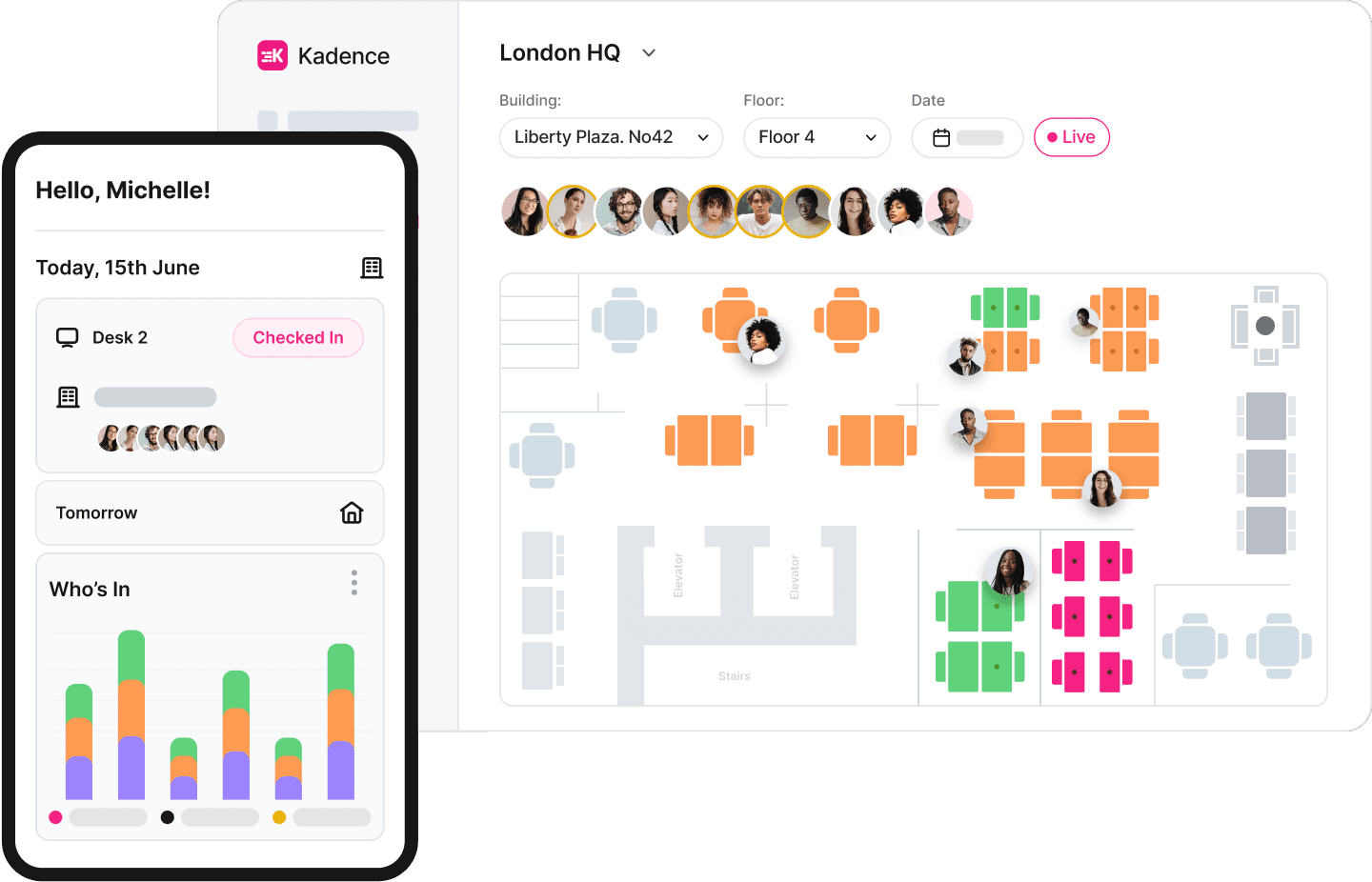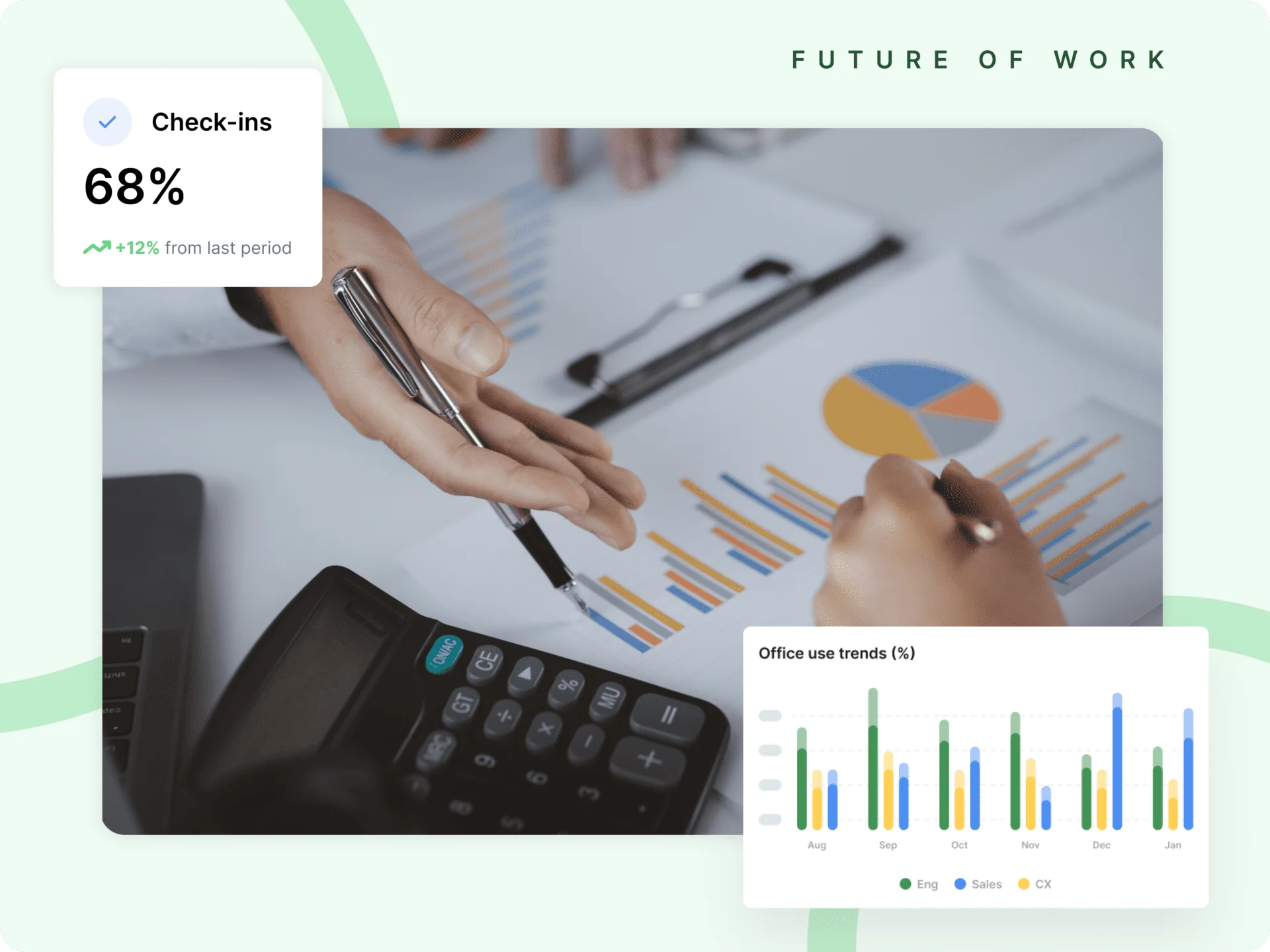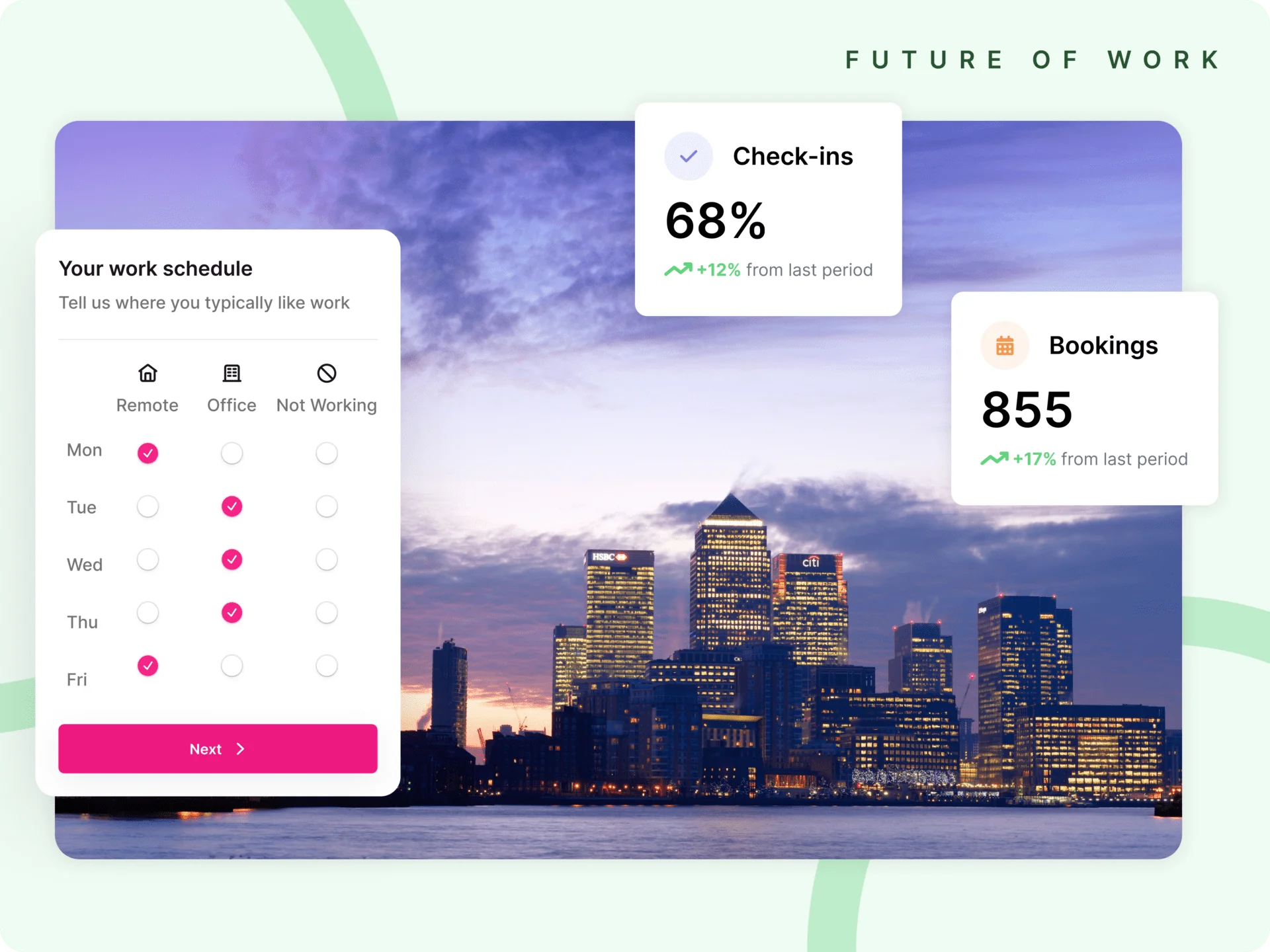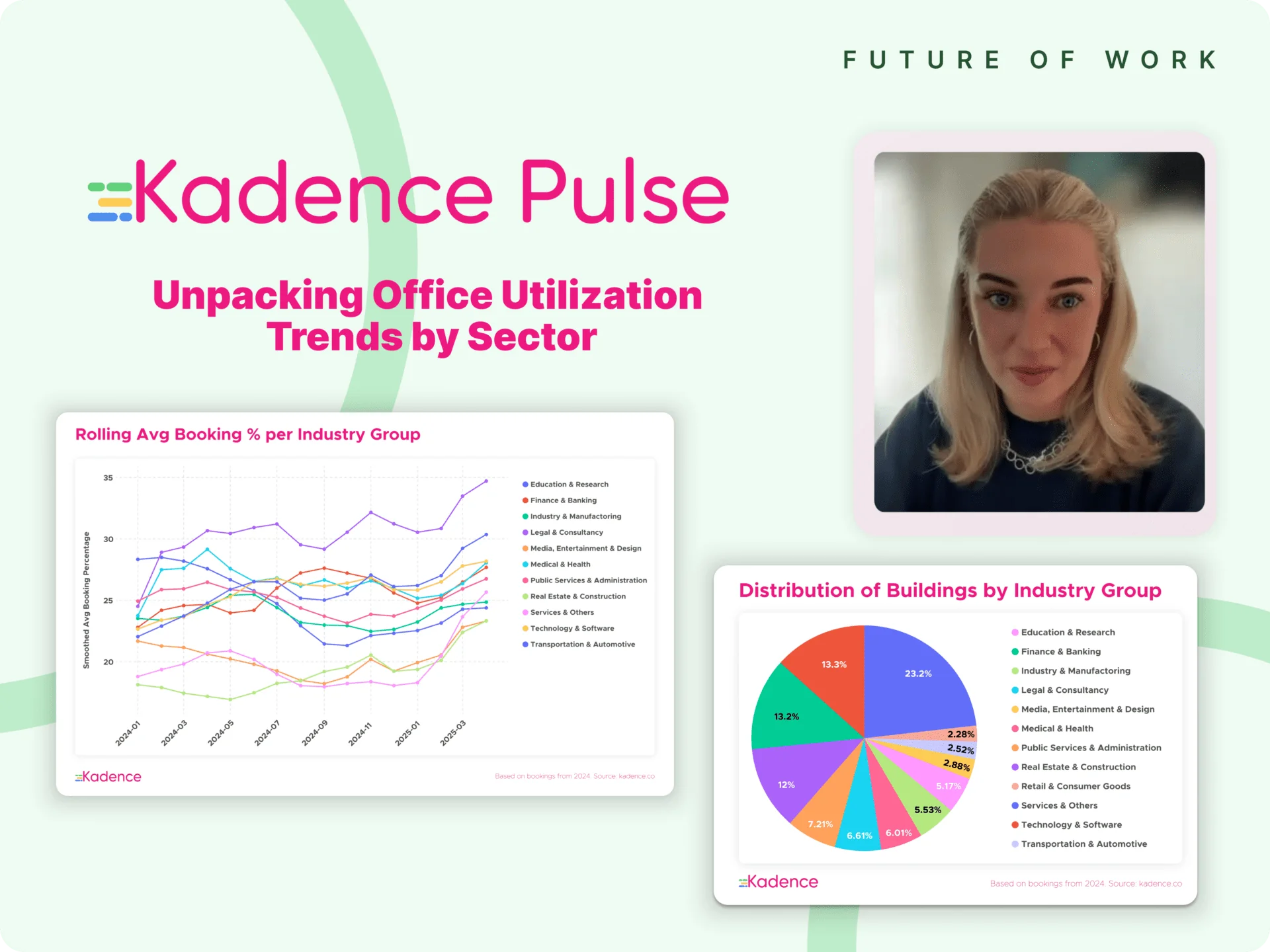While countless companies, like JP Morgan and Amazon, are rolling out full-time office mandates, the Big Four accounting powerhouses—Deloitte, PwC, EY, and KPMG—are flipping the script across their US offices. Bloomberg reports that they’re not just sticking with hybrid work; they’re doubling down on it. Why? Because for them, flexibility isn’t some feel-good perk for their employees—it’s a strategic game-changer that’s helping them win the talent war, boost productivity, and future-proof their businesses. Hybrid leads to better performance. Period.
Mike DePrisco, president and CEO of the Institute of Management Accountants, points out that the younger generation of professionals are seeking workplaces that break away from rigid structures.
PwC's Playbook for Hybrid Success
At PwC US, most employees split their time evenly, spending about 50% of it in-person at an office or client site. Yolanda Seals-Coffield, PwC US’s Chief People & Inclusion Officer, says hybrid is here to stay, with audit schedules shifting depending on the season. The big win? This flexibility keeps productivity high while giving employees the breathing room they need to thrive.
Across the pond at PwC UK, things are a bit more structured. Staff are now expected to clock in at least three days a week at the office or with clients, up from the previous two-day arrangement. To make sure everyone’s on board, the firm tracks where employees work and shares the data monthly with both staff and their career coaches. Laura Hinton, PwC UK’s Managing Partner, puts it simply: “Face-to-face working is hugely important to a people business like ours, and the new policy tips the balance of our working week into being located alongside clients and colleagues. At the same time, we continue to offer flexibility through hybrid working.”
Deloitte's Formula for Hybrid Success
Deloitte takes a flexible, common-sense approach to hybrid work. Instead of strict office mandates, they focus on bringing teams together when it actually matters—whether it’s for key project milestones, brainstorming sessions, or building team connections. It’s not about clocking in for the sake of it; it’s about showing up when it adds real value. Their philosophy? Outcomes over office hours.
As Deloitte puts it, it’s all about “co-locating when it matters most for performance, growth, and well-being.”
Deloitte’s approach in the US isn’t one-size-fits-all. Workplace expectations vary by region, and Deloitte leans into that. Their strategy is to stay flexible, adapt to local norms, and create work environments that make sense for their people—wherever they are.
EY's Blueprint for Hybrid Balance
EY has found that sweet spot: teams spending 40% to 60% of their time in-person at the office seem to strike the perfect balance between getting stuff done and building strong team vibes. EY isn’t about blanket policies—they’re all about flexibility that makes sense for each team. Instead of rigid rules, they focus on what drives results: letting teams decide when and how in-person collaboration adds the most value. It’s not about being in the office for the sake of it; it’s about making every day in the office count.
But EY isn’t just hoping people show up. They’ve started tracking office attendance with swipe-card data. They want to understand how often people are in the office and use that data to encourage meaningful collaboration and mentorship—not just to check a box.
With Kadence, we make it simple to track how your employees are actually using the office, giving you clear insights without the hassle of manual data collection.
KPMG's Flexible Game Plan for Hybrid Work
At KPMG US, about 57% of the workforce shows up in person at some point each week—but here’s the kicker: there’s no firm-wide mandate. Instead, leaders have the freedom to figure out what works best for their teams. “Let’s empower and enable our leaders to make decisions about where it makes the most sense for their teams to work,” says Sandy Torchia, Vice Chair of Talent and Culture.
Since fall 2023, audit teams have been aiming for around three in-person days a week, whether that’s at an office or on-site with clients. But KPMG is clear on one thing: no one wants performative office time. “We do not want them to come in just to tick a box, swipe a badge, and leave,” says Becky Sproul, Partner and Audit National Talent & Culture Officer.
The Big Four Are Getting Hybrid Right
While many companies are clinging to old ways, the Big Four are showing that hybrid isn’t just a trend—it’s a winning strategy. Their approaches might differ, but the common thread is clear: flexibility with purpose. Whether it’s KPMG trusting leaders to decide what works, Deloitte focusing on collaboration when it counts, EY finding that sweet spot of in-person balance, or PwC blending structure with autonomy—they’re all proving that hybrid work drives performance, engagement, and growth.
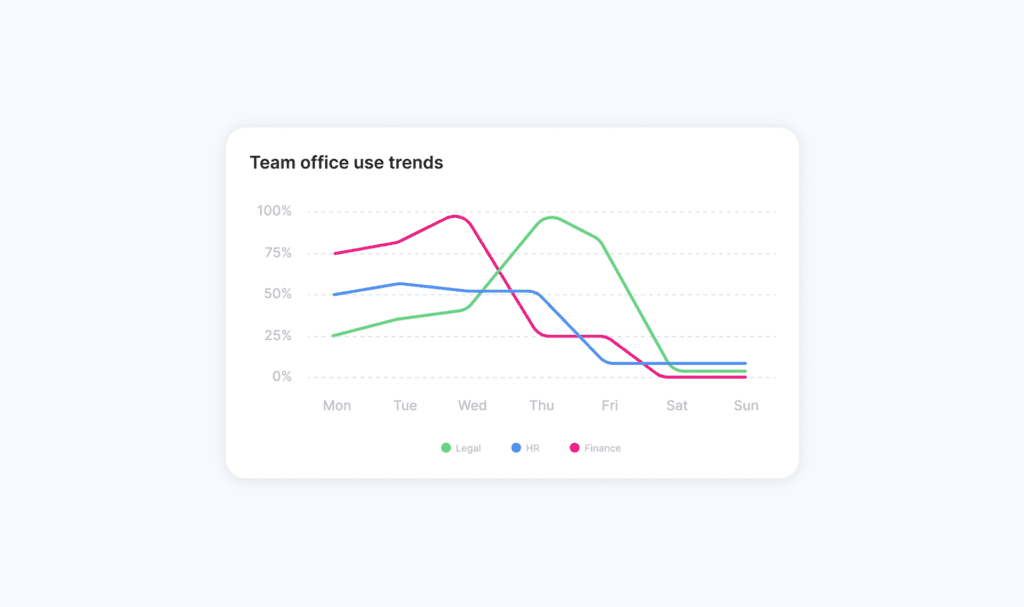
In a world where work keeps evolving, the Big Four aren’t stuck in the past. They’re adapting, experimenting, and, most importantly, listening to what works for their people. And that’s why they’re ahead of the curve.
Companies don’t have to figure this out alone. Kadence helps organizations turn hybrid work into a performance powerhouse. By giving leaders data-driven insights on office usage, collaboration patterns, and team dynamics, Kadence makes it easy to design hybrid strategies that actually work. No guesswork, no wasted space—just smarter, more productive ways of working. Book a demo with us today.
